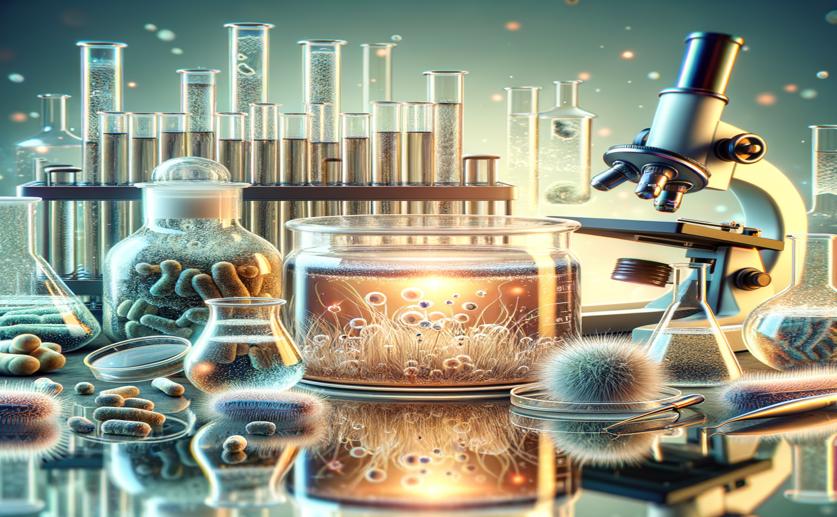
How to Grow Probiotics and Postbiotics Using Prebiotics in Liquid Cultures
Jenn Hoskins
10th September, 2024

Image Source: Natural Science News, 2024
Key Findings
- The study from the University of Caxias do Sul found that plant-based extracts can replace animal mucin to grow Akkermansia muciniphila
- Using kale and mushroom extracts, researchers achieved higher biomass yields of Akkermansia muciniphila than with synthetic media
- This sustainable method could benefit the food and pharmaceutical industries by providing an efficient way to produce probiotics
References
Main Study
1) Strategies for producing probiotic biomass and postbiotics from Akkermansia muciniphila in submerged cultivations incorporating prebiotic sources.
Published 9th September, 2024
Journal: World journal of microbiology & biotechnology
Issue: Vol 40, Issue 10, Sep 2024
Related Studies
2) Deciphering the trophic interaction between Akkermansia muciniphila and the butyrogenic gut commensal Anaerostipes caccae using a metatranscriptomic approach.
3) Akkermansia muciniphila gen. nov., sp. nov., a human intestinal mucin-degrading bacterium.
4) Short-Chain Carbon Sources: Exploiting Pleiotropic Effects for Heart Failure Therapy.
5) Gut microbiota-derived succinate: Friend or foe in human metabolic diseases?



 18th April, 2024 | Jim Crocker
18th April, 2024 | Jim Crocker